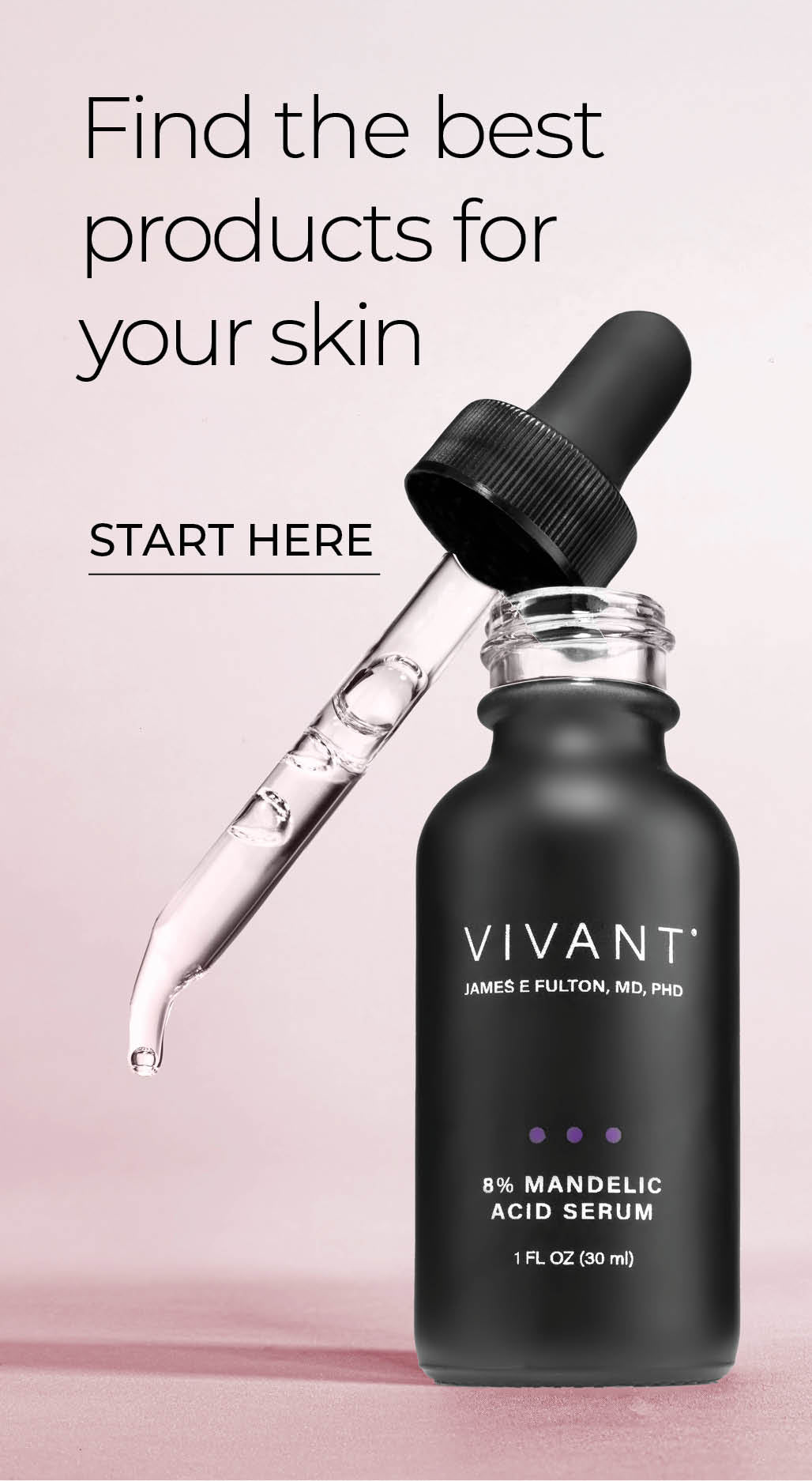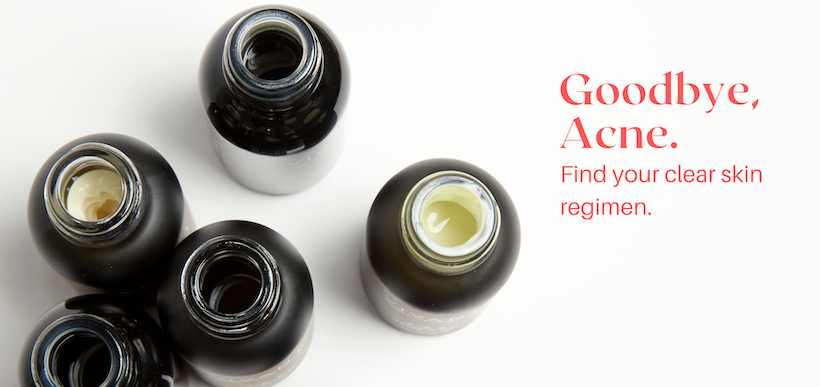One too Many YouTube Makeup Tutorials?

When things feel out of control, we find one of the best ways to find calm is through order. But tackling big organization projects can bring its own kind of anxiety, so we propose starting with something small and manageable, but more important than you might think: your cosmetic drawer.
This crowded repository of style can be hiding a multitude of pore-clogging ingredients, so decluttering is not only going to clear much-needed space; it may help keep your skin clear as well.
First to go, the dried-up mascaras, the half-empty eye shadow palettes, the blushers or foundations that turned out to be too dark, too light, too creamy, or not creamy enough. Those are just taking up bathroom real estate.
Now we get to the critical part. The products you use most, the ones you think you can’t do without.
When Dr. Fulton would see patients in his dermatology offices, he’d ask them to bring their cosmetics with them. Then, he’d go through them, check the ingredients, and throw most of them out because they were full of comedogenic ingredients, components often included in formulas to enhance consistency or extend shelf life.
These pore-clogging ingredients can lead to breakouts and impactions. The most common type of breakout associated with comedogenic ingredients, is acne cosmetica. It can look like slightly raised bumps in patches over the cheeks, chin, and forehead.
Foundations tend to be the worst offenders. To achieve smooth coverage, they are often formulated with heavy oils. If you have acne-prone skin and want to wear foundation, a liquid formula of pigments, water, glycerin and/or propylene glycol, or loose mineral-based powders are best. Or you can mix Vivant’s Day Treatment Lotion SPF 15 with mineral powder to make a simple, noncomedogenic and photoprotective foundation. And remember to clean your makeup brushes regardless of what sort of products your using.
Dr. Fulton developed a comedogenic scale that is still in use by the industry today. Ingredients were tested and ranked on a scale of one to five, five being the most comedogenic.
These are the top offending ingredients you should be looking for when judging the comedogenicity of your products.
Isopropyl Myristate 5
Myristyl Myristate 5
Laureth-4 5
Oleth-3 5
Cocoa Butter/Oil 4
Acetylated lanolin 4
Lauric Acid 4
Isopropyl Palmitate 4
Keep or Toss?
Be careful not to confuse similar-sounding ingredients. Without getting too deep into science, some ingredients are processed in different ways, changing their composition and the way the skin absorbs them. Lanolin, for example, is an oil frequently used in cosmetics for its moisturizing capacity. In its natural state, it’s low on comedogenicity. Acetylated lanolin, however, is a chemical derivative synthesized to be more water-soluble, which means its absorbed more readily into the pore and is more likely to create an impaction.
Just because a product is labeled “oil-free” does not mean it’s noncomedogenic. It can have synthetic oils or other comedogenic ingredients.
Don’t fear all oils. Acneic skin is often deficient in linoleic acid, an omega-6 essential fatty acid that nourishes skin with vitamins E and C, and is rich in polyphenol antioxidants. Linoleic acid is found in high concentrations in certain oils, including rosehip oil and grape seed oil, which are also light in consistency and very low on the comedogenic scale. Cult favorite coconut oil, however, is highly comedogenic.
A last note, a product may contain a couple of ingredients that are considered to be comedogenic and still be okay depending on the formulation. If most of the first five or so ingredients listed rank a four or five on the comedogenic scale, that’s a pore-clogging product. But if just one or two comedogenic ingredients appear at the bottom end of the list, that one might be a keeper.
If you’re ready to ditch it all and go makeup free, here is your guide to going foundation-free and getting your skin to its most glowing.


Comments